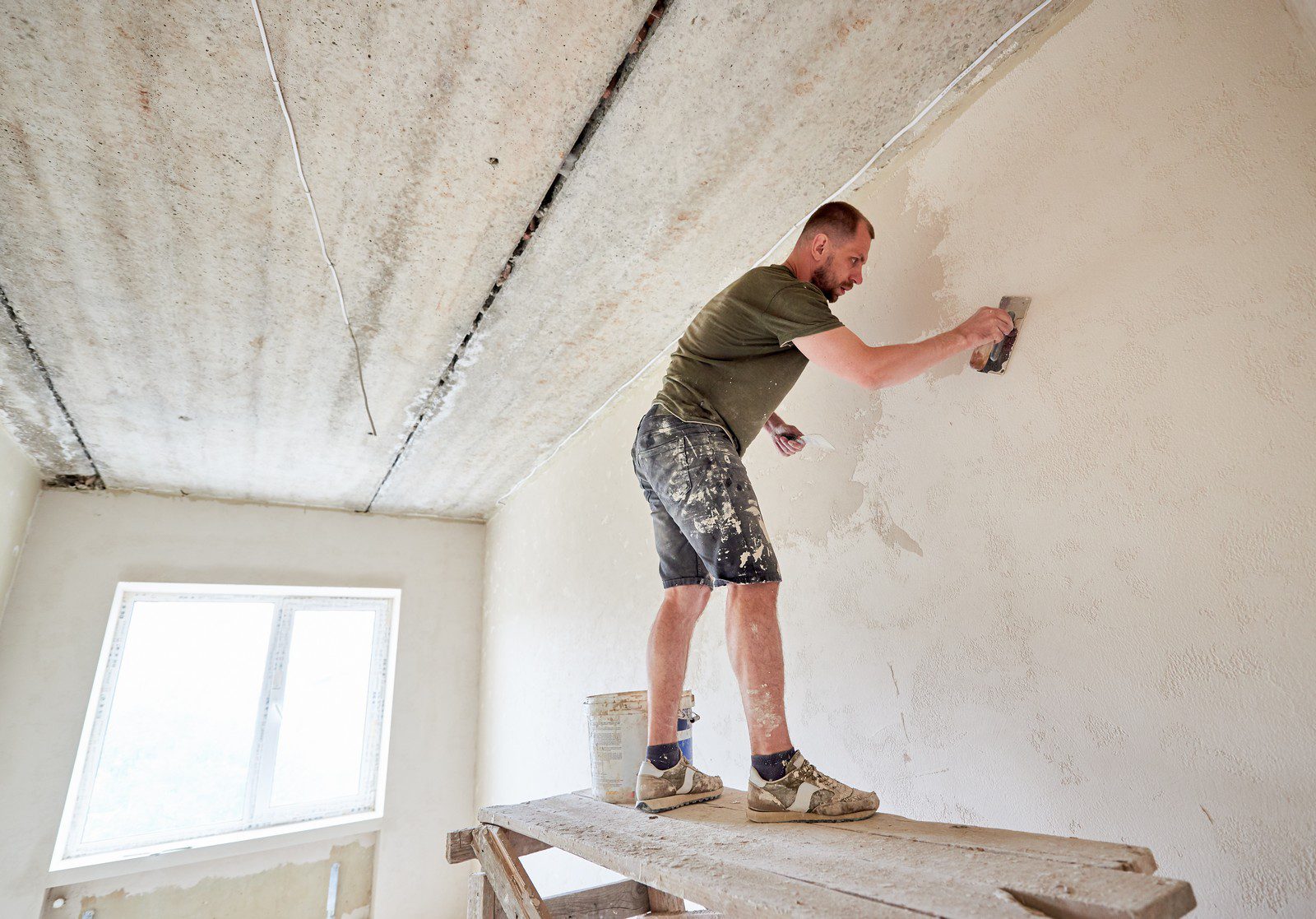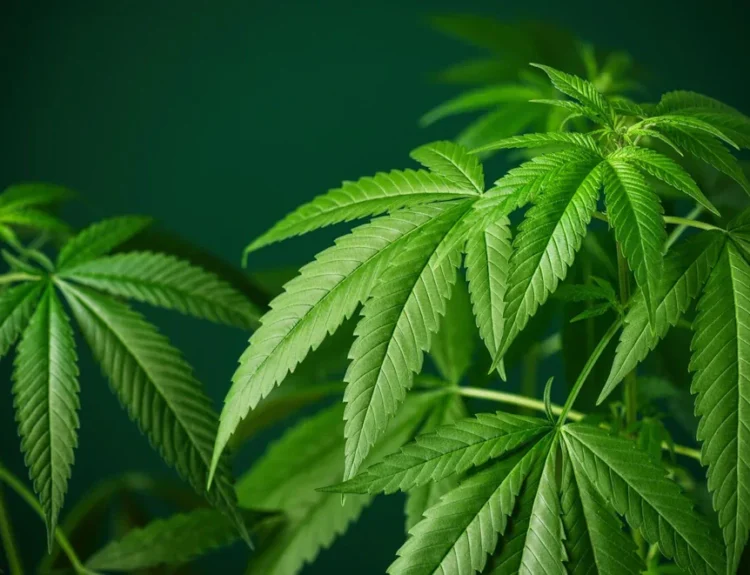Table of Contents
Introduction
Plastering is a critical phase in construction and renovation, transforming rough walls and ceilings into smooth, pristine canvases ready for decoration. However, the success of this entire process hinges on one crucial factor: allowing sufficient drying time. Rushing this stage can lead to a host of problems, from cosmetic flaws to structural issues that require expensive fixes. This comprehensive guide will delve into the intricacies of plaster drying, providing you with the expert knowledge needed to plan your project effectively and achieve a flawless, long-lasting finish.
Understanding the Critical Factors in How Long for Plaster to Dry
It’s a common misconception that plaster drying has a fixed timeline. In reality, the process is influenced by a complex interplay of environmental conditions and material factors. Understanding these variables is key to setting realistic expectations.
Type of Plaster Used: Modern plasters like gypsum-based (e.g., Thistle, Sheetrock) are designed for speed and are the most common for interior walls. They typically set through a chemical reaction and then dry, which is generally faster. Traditional lime plaster or cement-based plaster, often used externally or in older properties, has a much longer setting and drying curve, sometimes taking weeks to fully cure.
The Number of Coats Applied: A standard skim coat over plasterboard is relatively thin and will dry quicker than a thick, multi-coat application used to cover uneven brickwork or to create a specific finish. Each subsequent layer adds to the overall moisture content that needs to evaporate.
Ambient Temperature and Humidity: This is arguably the most significant factor. Warm, well-ventilated conditions are ideal for plaster drying. Cold temperatures drastically slow down the evaporation process, while excessive heat can cause the surface to dry too quickly, leading to cracking. High humidity levels saturate the air, preventing moisture from escaping the plaster.
Substrate and Background: The surface the plaster is applied to plays a vital role. Plaster applied to highly absorbent surfaces like old brickwork will have its moisture drawn out, potentially affecting its set but speeding up overall drying. Conversely, plaster on non-absorbent backgrounds like existing paint or sealed surfaces will dry solely through evaporation into the air, which takes longer.
The Standard Drying Timeline: What to Expect
While every situation is unique, we can outline general timelines under ideal conditions ( temperatures of 20°C / 68°F and good ventilation).
- Setting Time (Initial Set): The plaster will initially set and become firm to the touch within the first 1.5 to 3 hours. It is, however, still very damp and vulnerable at this stage.
- Surface Dry (Touch Dry): After approximately 24-48 hours, the surface of the plaster may feel dry. Crucially, this is deceptive. While it may look ready, the plaster still holds a vast amount of moisture within its depth.
- Drying Before Painting (The Critical Window): For a single skim coat on plasterboard, it is generally advised to wait a minimum of 5 to 7 days before applying a mist coat (a diluted first coat of paint). For thicker applications or in less ideal conditions, this period can extend to 10-14 days.
- Full Curing: The plaster will continue to release minute amounts of moisture and fully integrate with its background for several weeks. While painting can occur after the initial drying phase, the wall is considered fully cured after approximately one month.
How to Tell When Your Plaster is Truly Dry
Never rely on the surface feeling dry alone. Use these more reliable methods to assess the moisture content:
- Visual Inspection: Visually, the plaster will change from a dark, damp pinkish-brown (for gypsum plasters) to a uniform, light, chalky pink and then finally to its bright white or off-white final colour. The entire wall must be this light colour with no dark patches.
- Moisture Meter: This is the most accurate tool for a professional or serious DIYer. A moisture meter will give you a quantitative reading of the moisture content within the wall. Plaster is typically ready for painting when the moisture reading is below 5%.
- The Plastic Sheet Test: Tape a 1ft x 1ft square of clear plastic sheeting tightly to the wall. Leave it for 24 hours. If condensation appears on the inside of the plastic or the wall feels damp when you remove it, the plaster is still releasing significant moisture and needs more time.
The Dire Consequences of Painting Too Soon
Impatience is the enemy of a good plastering job. Applying paint to damp plaster traps moisture within the wall, leading to a cascade of failures:
- Peeling and Flaking Paint: The trapped moisture breaks the adhesive bond between the paint film and the plaster substrate, causing the paint to lift, bubble, and eventually peel away in sheets.
- Mould and Mildew Growth: A damp environment trapped behind paint is the perfect breeding ground for unhealthy mould spores, which can cause respiratory issues and create unsightly black spots that bleed through new paint.
- Efflorescence: Salts within the plaster can be drawn to the surface by the trapped moisture, appearing as a white, powdery deposit that ruins the finish and must be removed before repainting.
- Cracking: As the trapped moisture eventually finds its way out, it can stress the paint and plaster, leading to hairline cracks and a failed finish.
Expert Tips to Speed Up Drying (Safely)
While you cannot drastically alter the fundamental chemical process, you can create an optimal environment for efficient and even drying.
- Maximize Ventilation: This is the number one rule. Create a cross-flow of air by opening windows on opposite sides of the room. Use fans to keep the air circulating, but avoid pointing them directly at the walls to prevent rapid surface drying that causes cracks.
- Control the Temperature: Maintain a consistent, warm temperature. During colder months, use central heating or a thermostat-controlled space heater. Again, avoid blasting the walls with direct, intense heat.
- Use a Dehumidifier: This is an incredibly effective method. A good dehumidifier actively removes moisture from the air, which is then pulled from the plaster to maintain equilibrium. Place it in the centre of the room for best results.
- Apply Plaster in Thin Coats: If you are doing the work yourself, applying multiple thin coats is always better than one thick, heavy coat, as it allows for more manageable and even drying.
Conclusion
Understanding the process behind how long for plaster to dry is fundamental to any successful building or decorating project. It is a process that cannot and should not be rushed. By respecting the timelines, recognizing the influencing factors, and using reliable methods to test for dryness, you ensure that your efforts and investment are protected. A little patience during the drying phase guarantees a beautiful, durable, and healthy finish that will last for years to come, making it well worth the wait. Always remember that when it comes to plaster, slow and steady wins the race.







